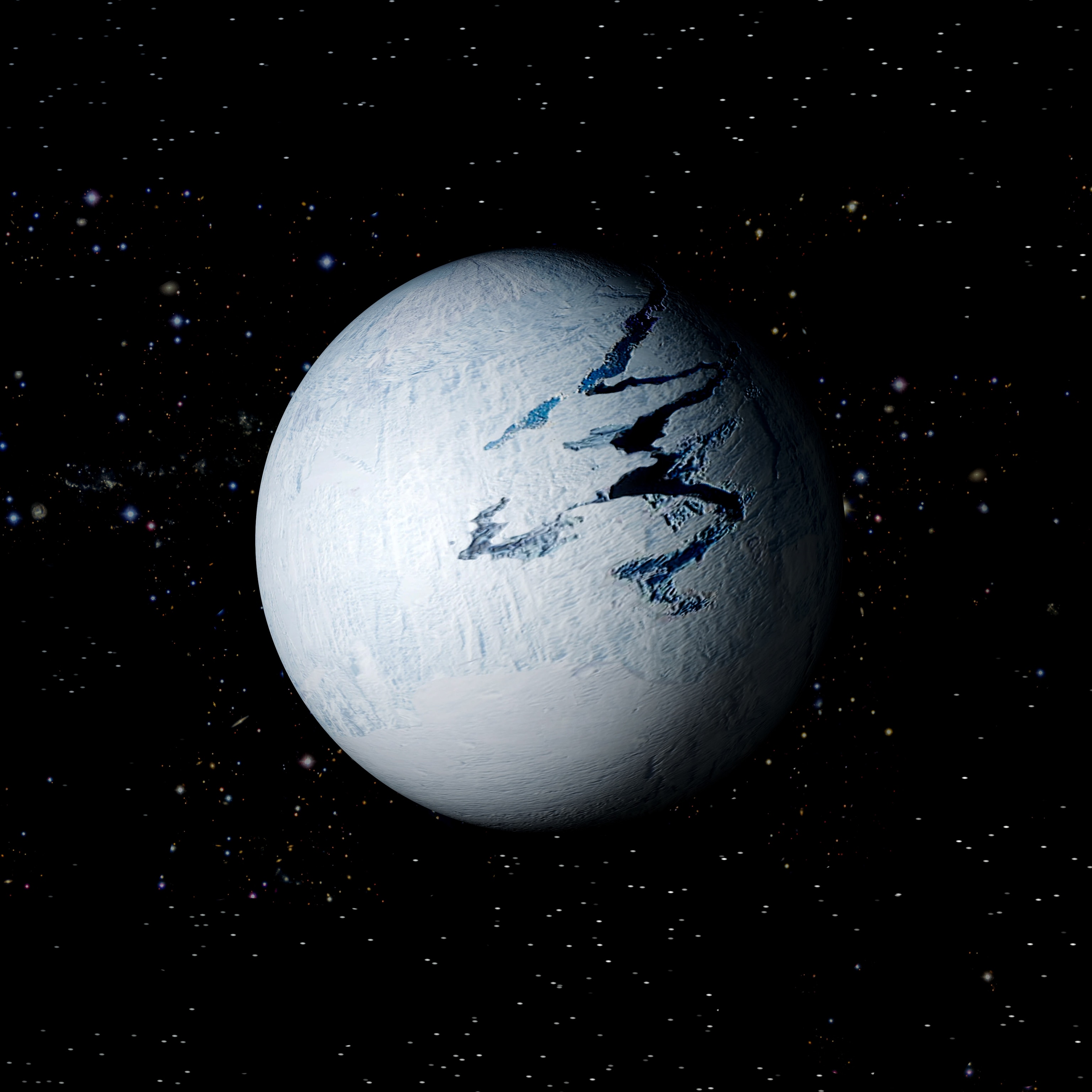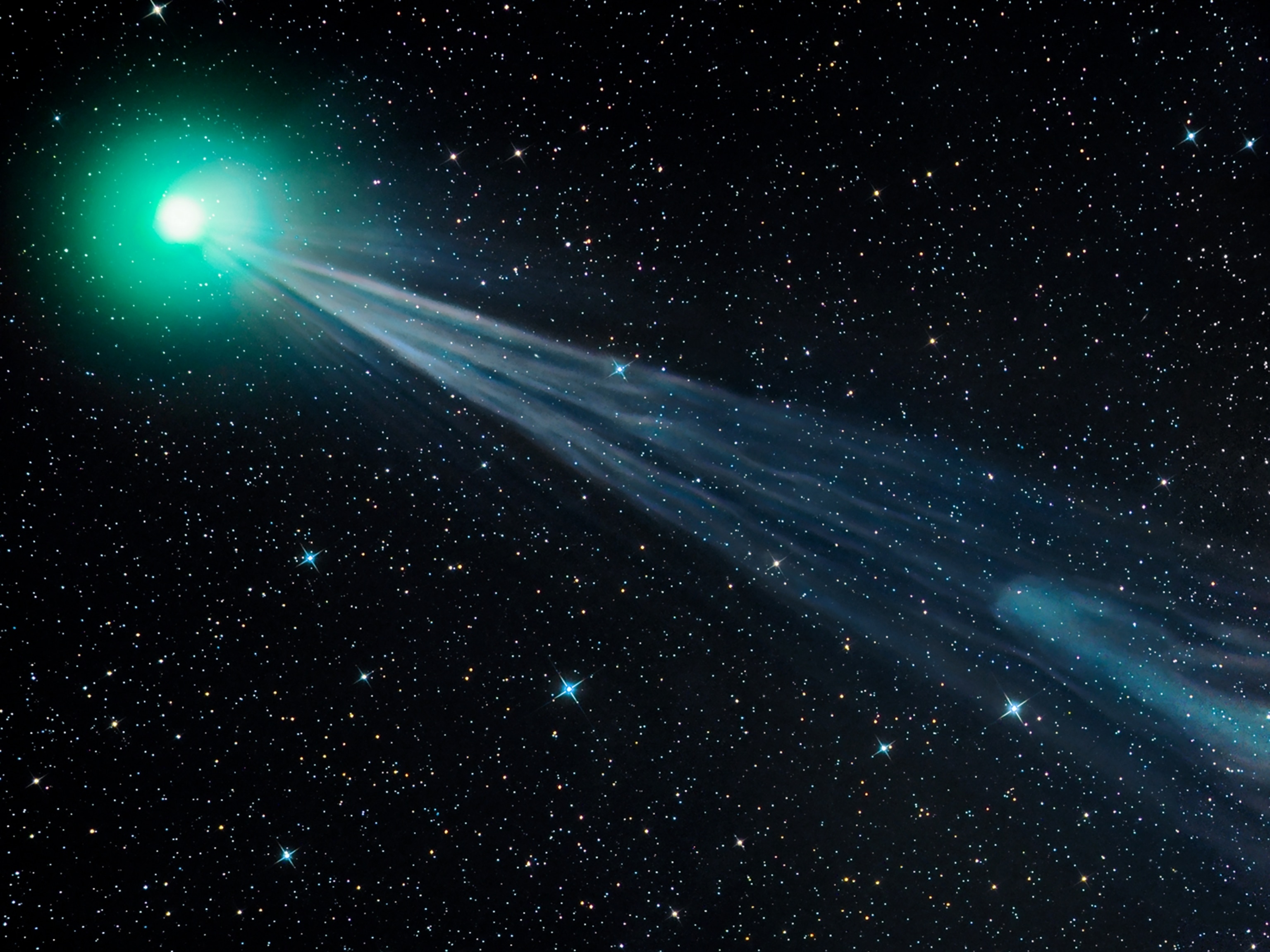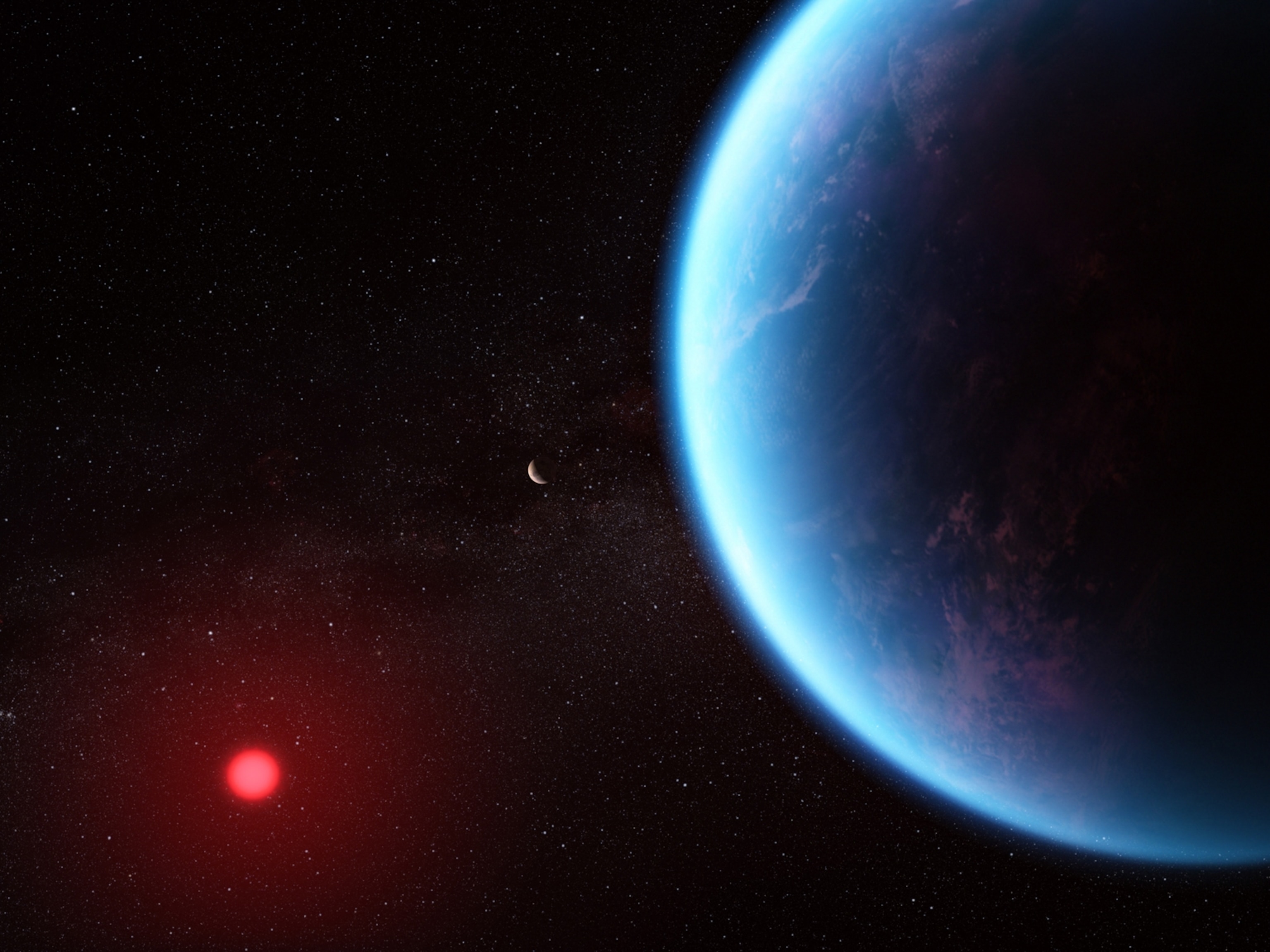Asteroid sample returned to Earth is a time capsule of the ancient solar system
NASA's OSIRIS-REx mission has returned the largest space sample collected since the Apollo program, taken from the primordial asteroid Bennu.
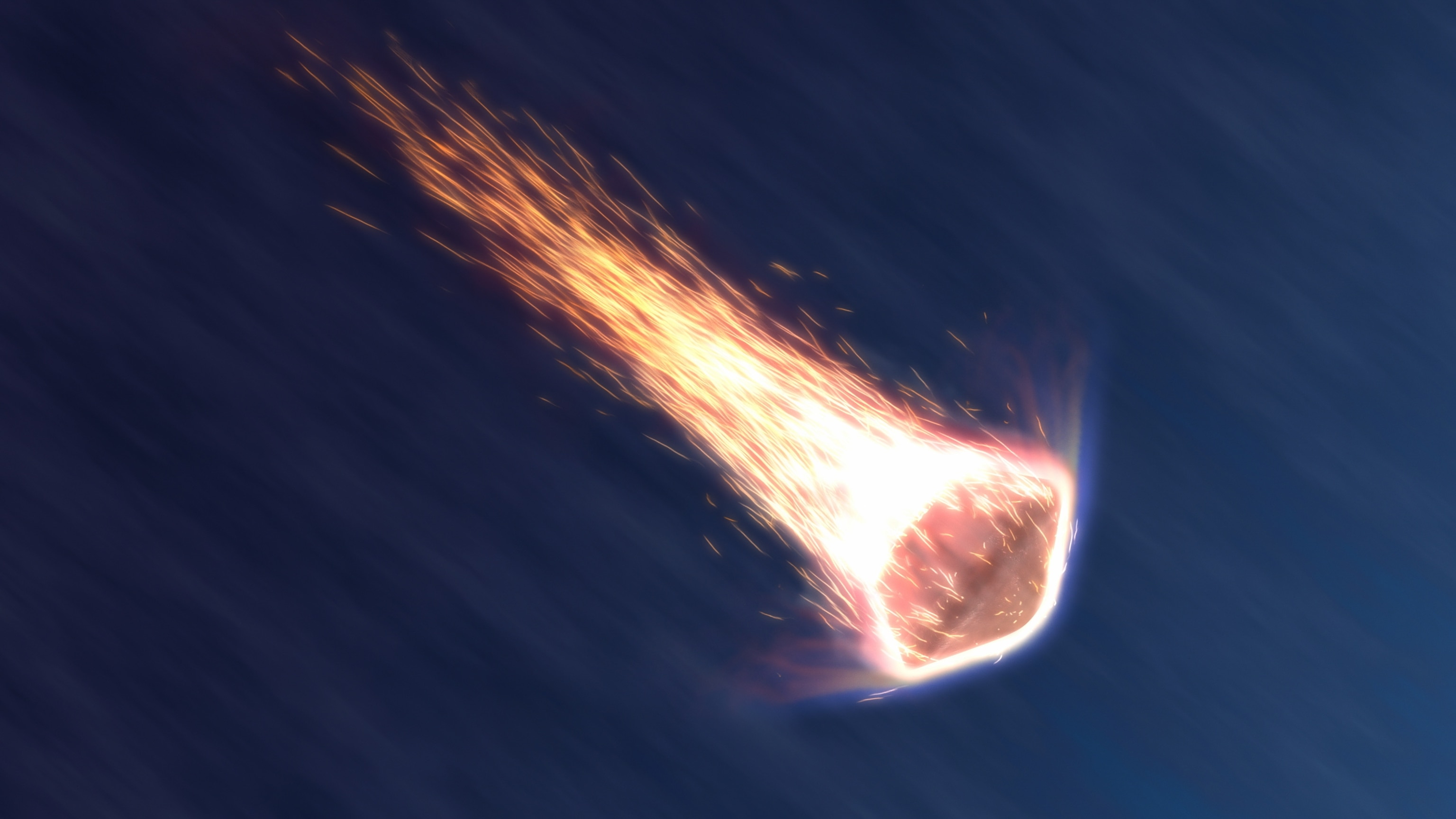
At 8:52 a.m. local time today, a mini fridge-size capsule carrying rock samples from the asteroid Bennu parachuted down at the United States Army’s Utah Test and Training Range, about 85 miles southwest of Salt Lake City. The capsule had been in space for 2,572 days, and its return marks the conclusion of the first U.S. asteroid sample-return mission: OSIRIS-REx (Origins, Spectral Interpretation, Resource Identification, and Security–Regolith Explorer).
“It seemed like magic, like we've been casting a spell for 20 years now and we summoned the stones down,” says Dante Lauretta, a planetary scientist at the University of Arizona’s Lunar and Planetary Laboratory and primary investigator of OSIRIS-REx.
Before beginning its descent through Earth’s atmosphere at 27,650 miles an hour, the capsule spent four hours traveling through space after being released from the OSIRIS craft. After landing in Utah, the capsule was quickly transported to a specially constructed clean room on the army base. From there, the capsule’s precious contents will make their way to Johnson Space Center outside Houston.

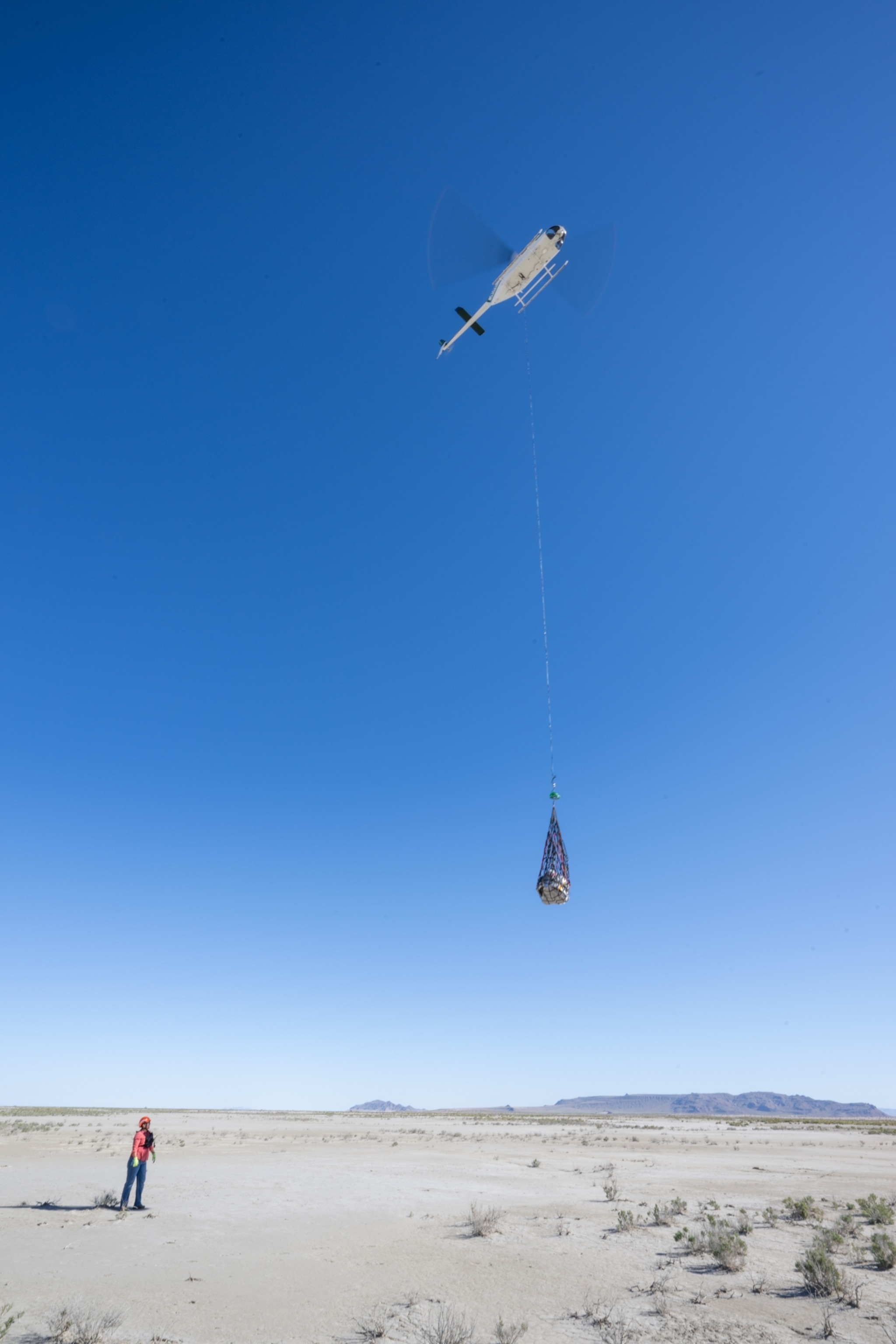
NASA’s seven-year mission to the near-Earth asteroid Bennu is expected to have returned around 8.8 ounces (approximately 250 grams) of the asteroid’s rocks—the largest space sample collected since the Apollo missions. Geophysicist Sara Russell at the Natural History Museum in London says that these samples may contain molecular clues about the history of the solar system and the origin of life on Earth.
“I find it fascinating that we can learn about our origins and about the deep history of the solar system by studying these very boring-looking rocks,” she says. “It’s almost like meeting a baby. I can’t wait to see what it looks like.”
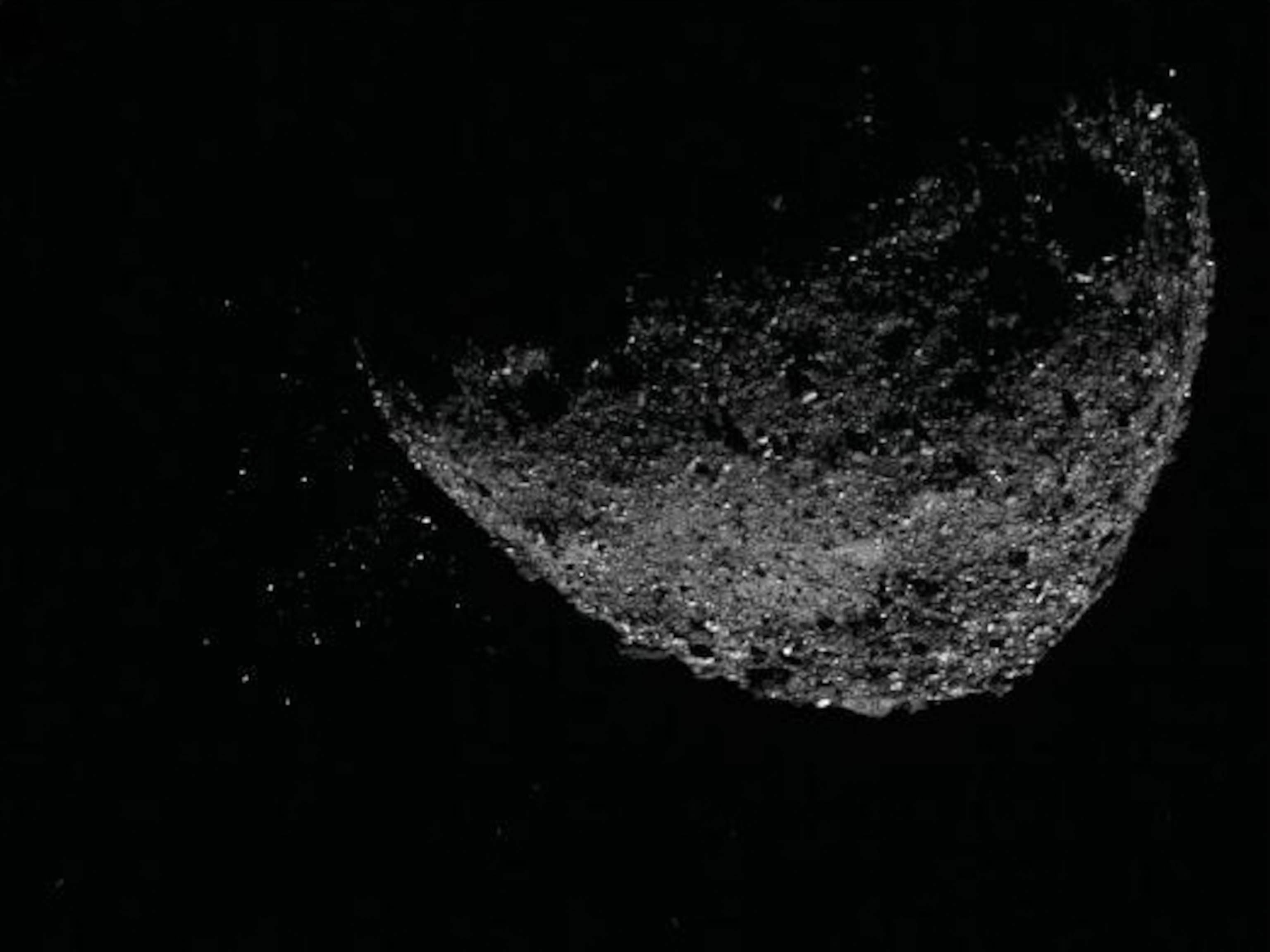
A fascinating asteroid
The mission’s roots stretch back to 1999, when astronomers turned their telescopes to the asteroid belt, a collection of millions of rocks, small and large, that orbit the sun between Mars and Jupiter. Scientists discovered several new asteroids that would facilitate ground-breaking discoveries, including Bennu.
“It was a great year for asteroids, like a great vintage for a wine connoisseur,” Lauretta says.
Bennu piqued NASA’s interest, but it wasn’t until the asteroid returned in 2005 that astronomers got a good look at the spinning chunk of rock roughly the size of the Empire State Building. The space agency wanted to take samples from a near-Earth asteroid, and it realized Bennu was a winner.
The asteroid appeared to be rich in carbon, and other asteroids like Bennu were rich in metals such as iron, aluminum, and platinum, which could be vital to supporting long-haul space travel. The clays that formed part of Bennu’s bulk might harbor tiny amounts of water, something biologists believe is crucial for life. And its six-year, Earth-crossing orbit meant that a mission would have an easier time meeting up with Bennu than asteroids with longer orbits.
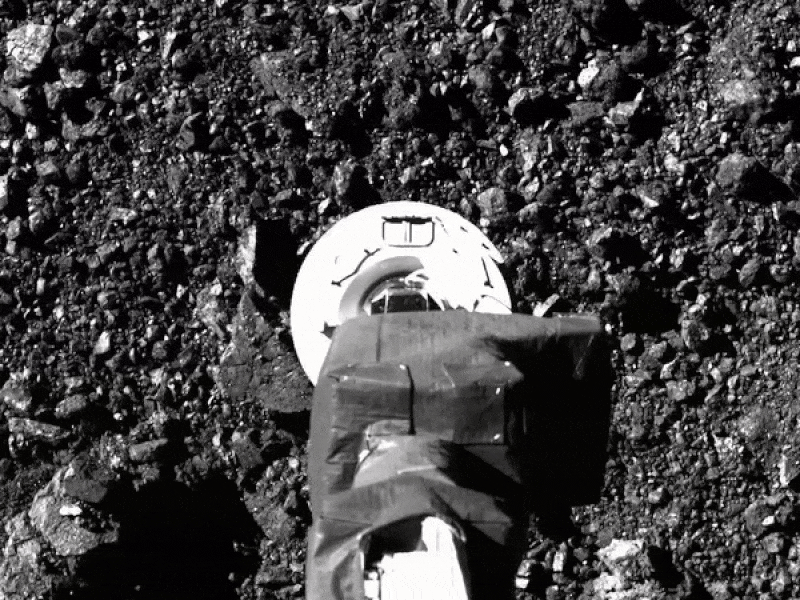
Bennu’s proximity to Earth also means that it has a small but non-zero chance of one day colliding with the planet, which could force NASA to try and divert the asteroid from its normal course.
Remote analysis of Bennu’s chemical composition revealed that the asteroid was a remnant of the cataclysmic forces that birthed our solar system about 4.6 billion years ago. Small bits of rubble coalesced under the forces of their own gravity to create this and many other asteroids. These ancient rocks, spinning through the emptiness of outer space, carry a record of the forces and processes that forged the small piece of celestial real estate we call Earth, says Olivier Barnouin, a geophysicist at the Johns Hopkins University Applied Physics Lab and member of the OSIRIS-REx team.
“They’re fairly primitive. Besides being impacted [by other asteroids], this material hasn't really changed much since the earliest stage of the formation of the solar system,” he says.
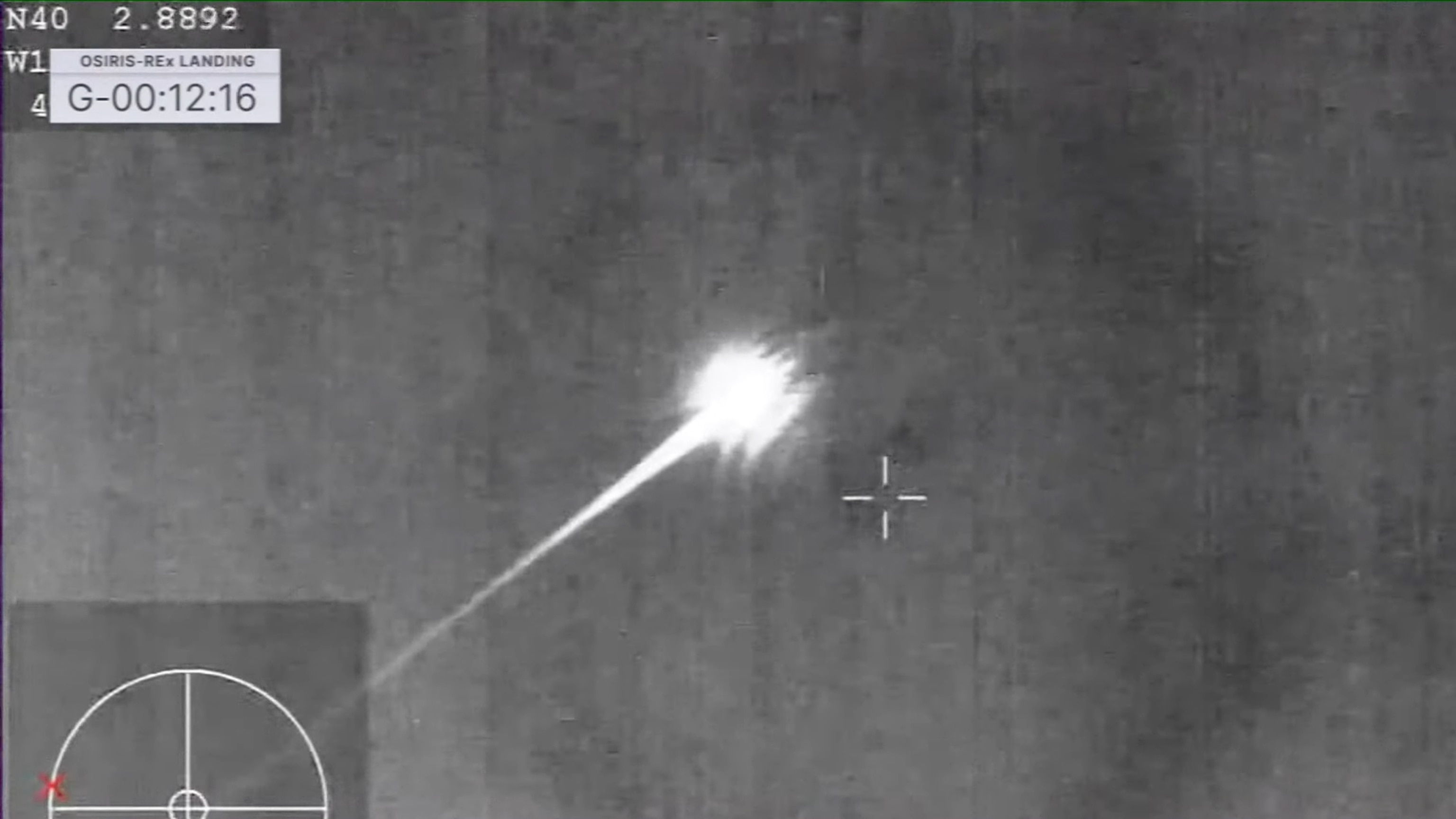
Flying to a primordial world
NASA’s mission to Bennu launched on September 8, 2016, carrying a sampler on the end of a robotic arm that would snatch material from the surface of Bennu, which scientists thought was composed of rocky debris called regolith. But as the spacecraft approached Bennu, Barnouin noticed something worrisome.
“As we kept getting closer, we kept seeing more and more boulders,” Barnouin says. This would make it hard not only to grab the sample but also to find small enough pieces to transport back to Earth.
It took several months for the spacecraft to readjust and find an appropriate sampling site, but on October 20, 2020, OSIRIS-REx made contact with the soft surface of Bennu. Using bursts of compressed air, the sampler blew loose pieces of Bennu’s regolith into a container (Barnouin likens the process to blowing sand with a leaf blower), and then the spacecraft backed away to prepare for its return to Earth.
But the return of the capsule doesn’t mark the end of the OSIRIS project. Twenty minutes after the capsule’s release, the spacecraft fired its thrusters and began a new mission, OSIRIS-APEX, to rendezvous with another potentially hazardous asteroid, Apophis, in 2029.
For Lauretta, the return of OSIRIS-REx is the culmination of half a lifetime’s work. His first task is to catalog the samples returned on the capsule. A small portion will be given to Canadian and Japanese scientists, but most will be made available to qualified researchers to study at NASA.
“It’s a public library of space rocks,” Lauretta says.


